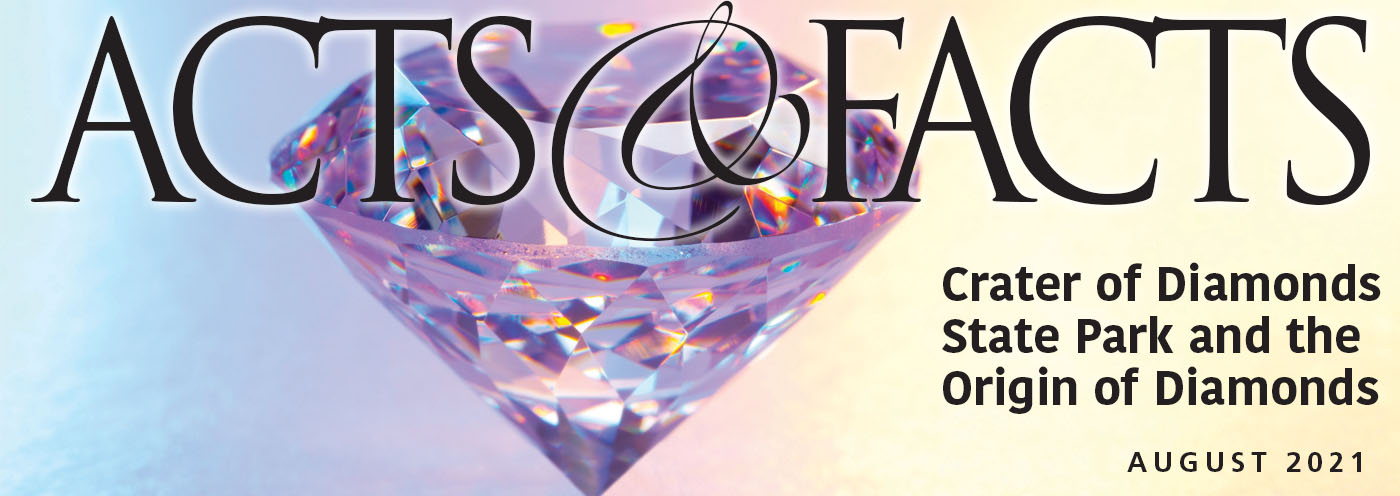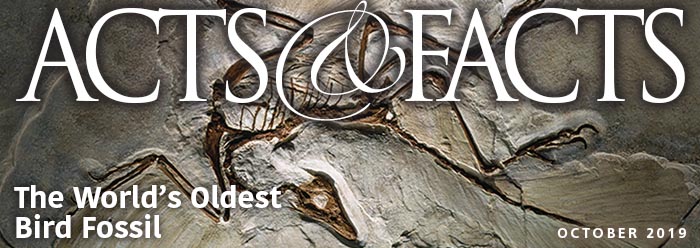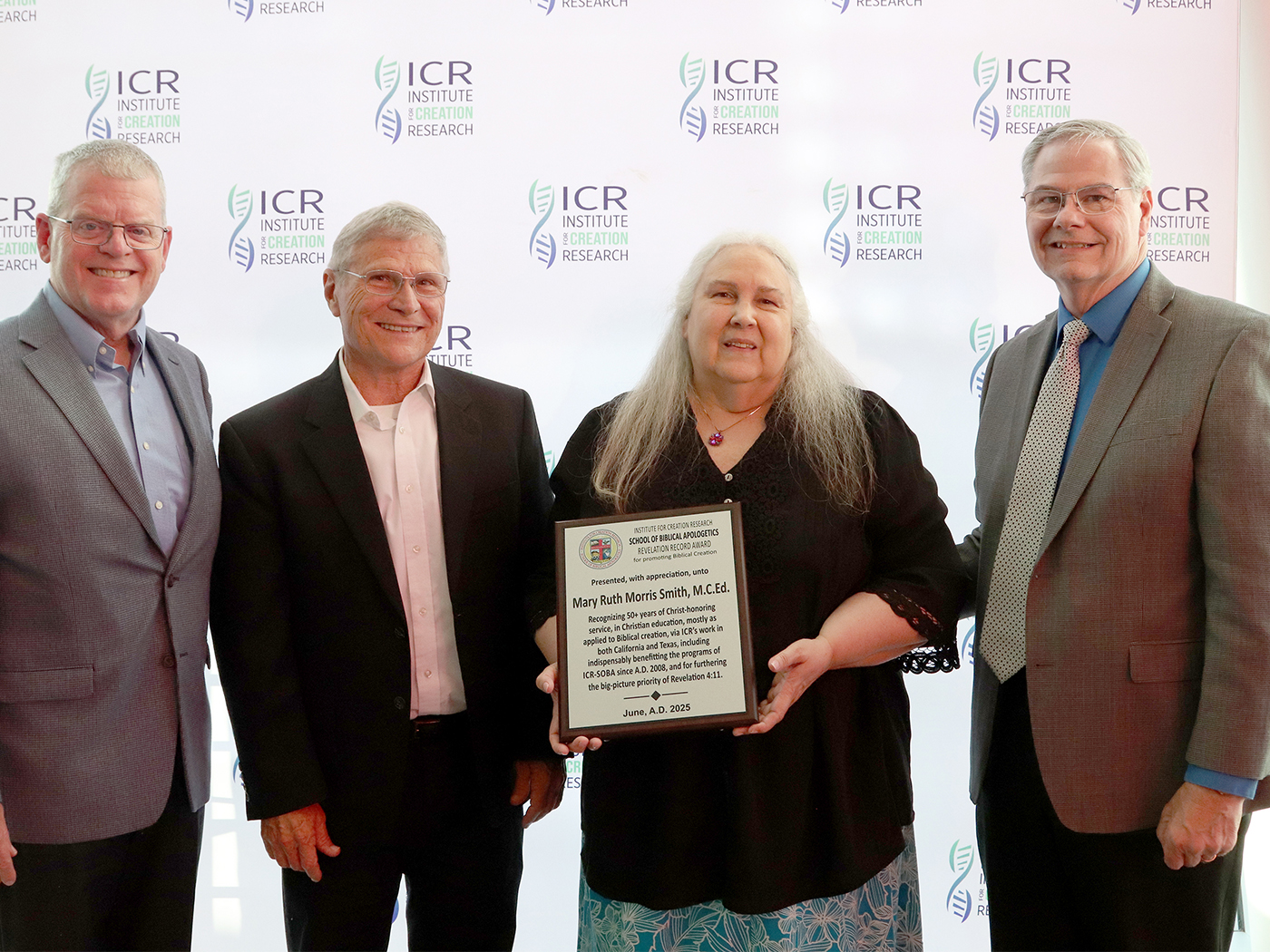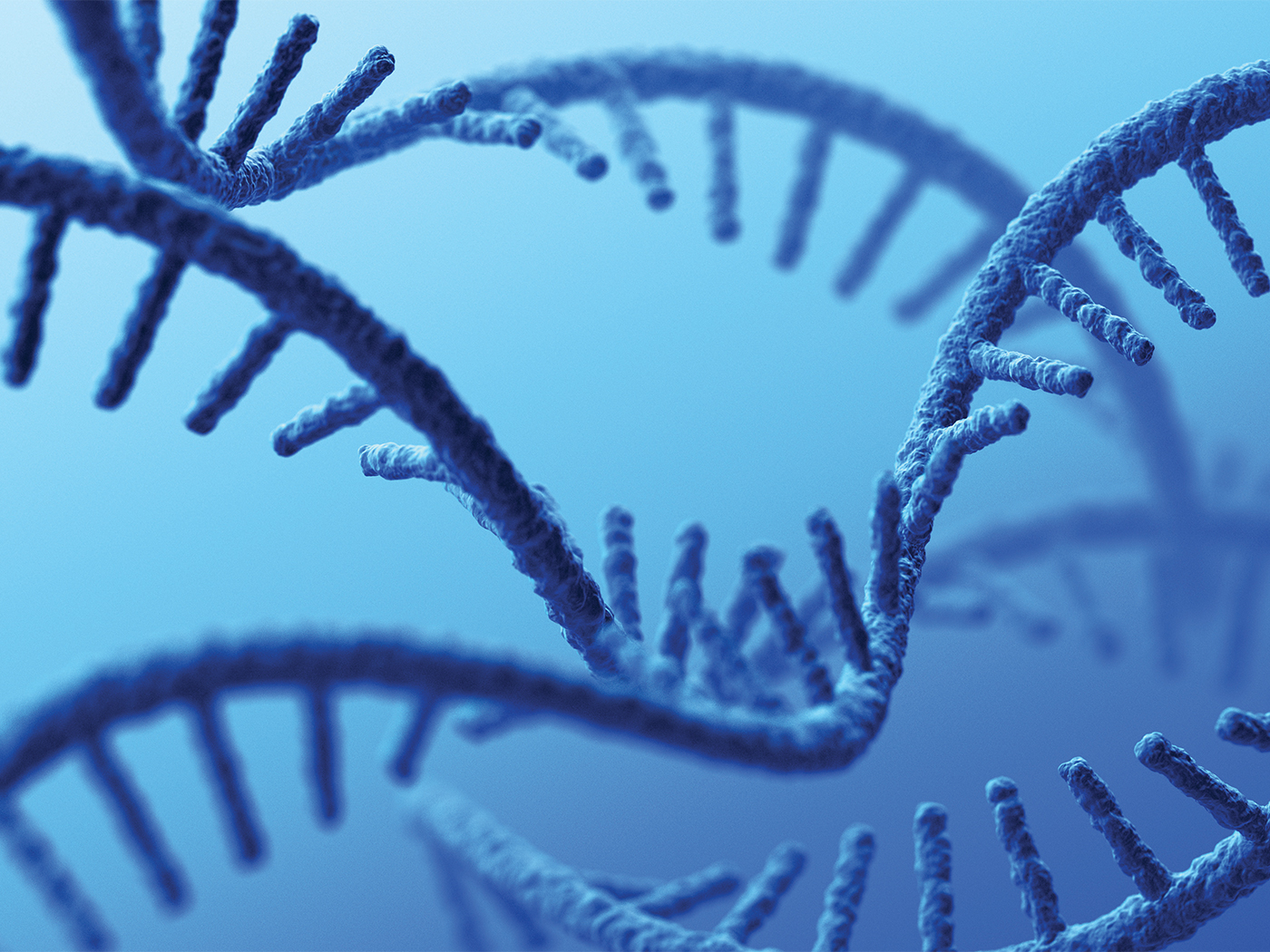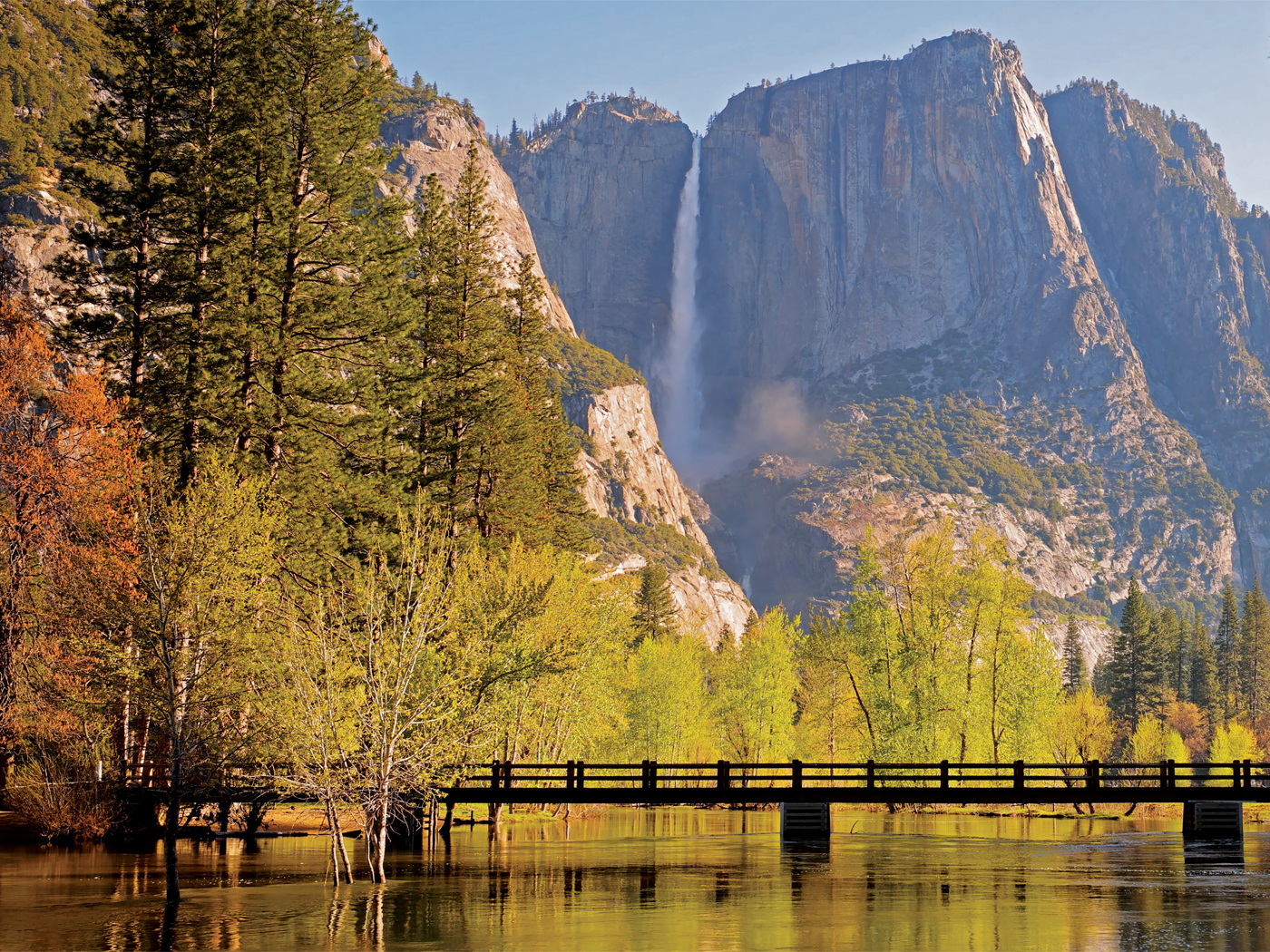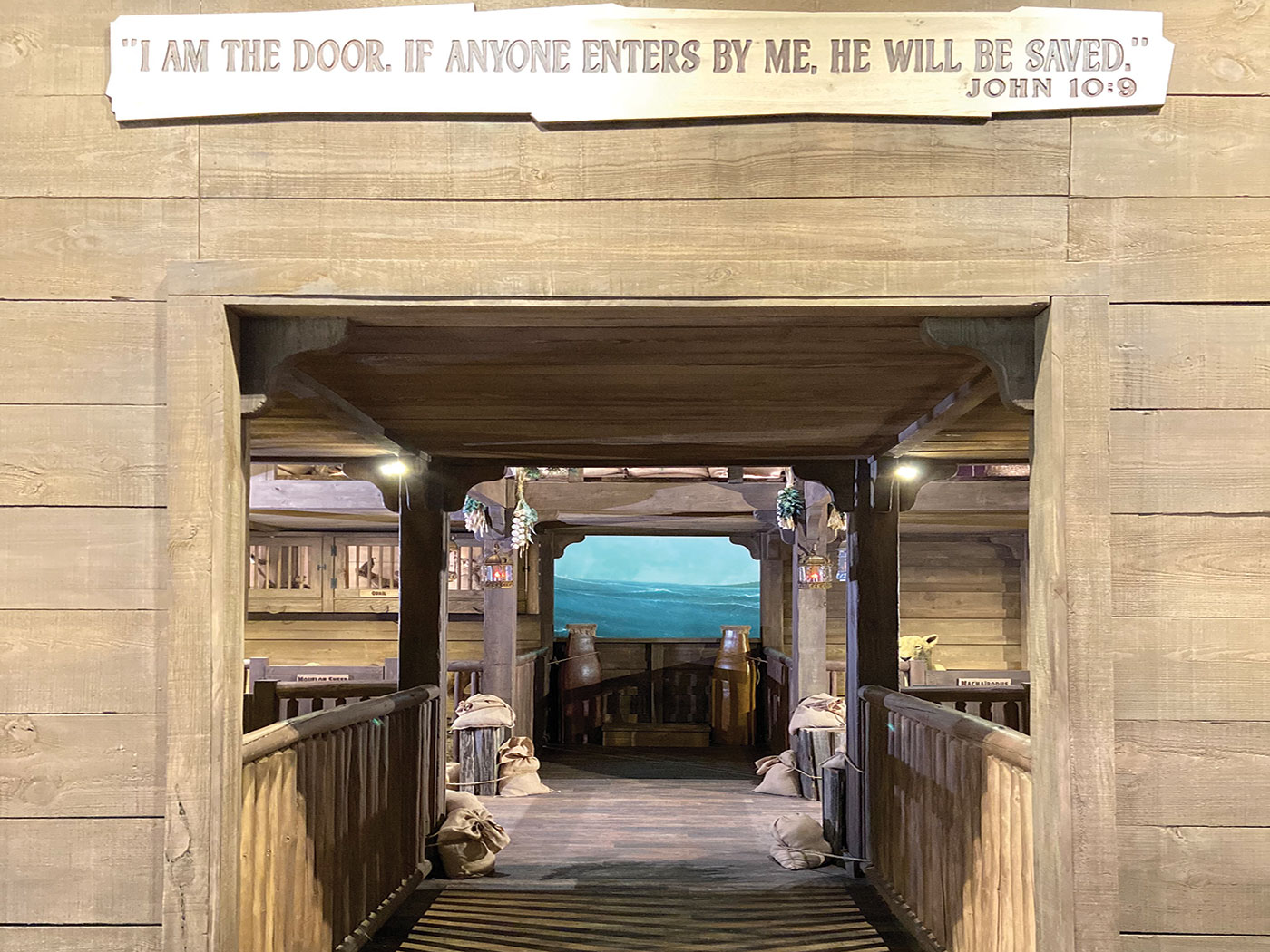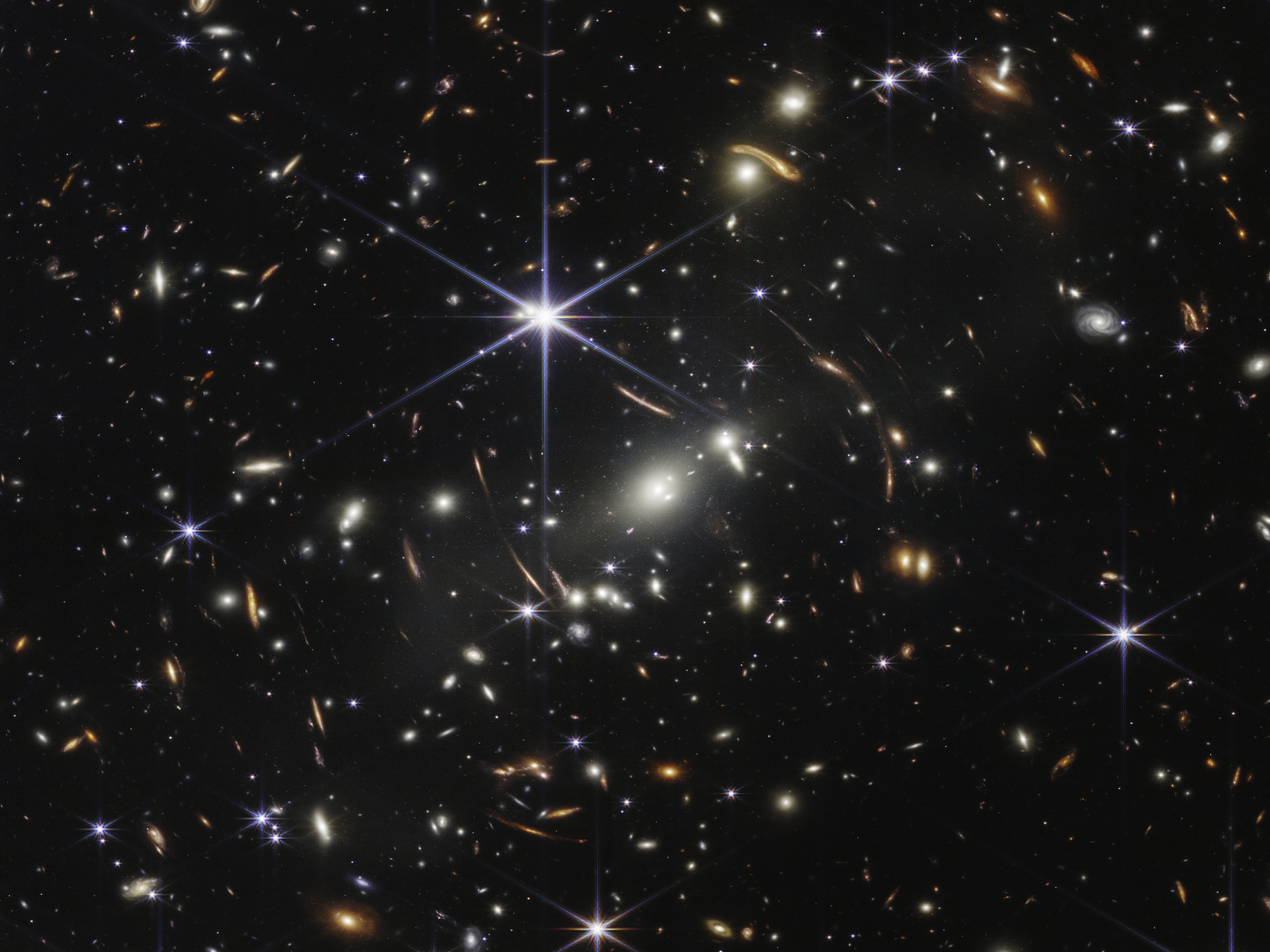by Jeffrey Tomkins, Ph.D., & Brian Thomas, M.S. *
Most evolutionists who study fossil mollusks believe these creatures evolved from a hypothetical ancestor that had no shell. How could nature, with no intelligent input, coax imagined soft-bodied ancestors to blindly construct the hard shells of oysters, which research now shows contain over 250 different proteins?1
A large team of scientists recently helped answer this question by sequencing the genome of the Pacific oyster.1 They not only uncovered the complicated genetic and cellular requirements for building an oyster shell, but also many other key features that defy evolutionary preconceptions.
Perhaps one of the most amazing aspects of the oyster genome is its vast gene repertoire. Humans have about 21,000 genes, but the team found that oysters use over 28,000 genes. When compared to seven other animal genomes, the researchers found 8,654 genes that only oysters have.
Because oysters are not highly mobile creatures and live in challenging and fluctuating environments—like estuaries and intertidal zones—they need a large suite of genes that allow them to adapt to changes in air exposure, toxins, temperature, and salinity. Indeed, the researchers identified 7,938 genes that contribute to genetically programmed environmental adaptation, which is a key component of the creation biological origins model.
Traditional thought suggests that adjacent cells excrete the proteins and minerals that build oyster shells. But one of the least expected discoveries from the project was the complicated biology of shell formation. Of the 259 proteins found to play a structural role in oyster shells, 84 percent were not excreted proteins. How could the shell be excreted if its proteins were not excreted?
In oyster shell construction, 61 proteins appear to be deposited in "budded vesicles"—special membrane-surrounded, protein-containing portions—at the shell-forming interface. The other proteins are products of oyster cell biochemical pathways. The whole scenario of shell-forming looks like a very complicated biological process.
Not only does all of this unexpected biological and genetic complexity stand at odds with evolutionary origins, but it also conflicts with deep evolutionary time scales. Mollusks are at the bottom of the rock column. Fossil authority Donald Prothero once wrote, "All the major classes of mollusks (except scaphopods) [tusk shells] were established in the Cambrian."2
Prothero also wrote, "About 8,000 to 15,000 living [mollusk] species are known, but many more are known from the fossil record (about [40,000])."3 Since there are fewer mollusks today than in the past, it appears that they have not been evolving at all, but simply going extinct.
Both the genetics and the fossils agree with the Bible. Mollusks were expertly formed from the beginning and have not evolved since.
References
- Zhang, G. et al. 2012. The oyster genome reveals stress adaptation and complexity of shell formation. Nature. 490 (7418): 49-54.
- Prothero, D. 2004. Bringing Fossils to Life. New York: McGraw-Hill, 282.
- Prothero, 285.
* Dr. Tomkins is Research Associate at the Institute for Creation Research and received his Ph.D. in Genetics from Clemson University, and Mr. Thomas is Science Writer at the Institute for Creation Research.
Article posted on October 22, 2012.




